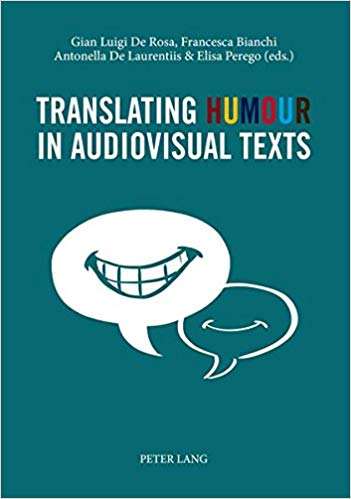Translating Humour in Audiovisual Texts
2014
E-Book: 535 English Pages
Price: 3.000 Toman
Download: Translating Humour in Audiovisual Texts ( 2014)
راهنمای سریع دانلود، کلیک کنید .
Humour found in audiovisual products is, of course, performative in nature. If we consider instances of humour – any droll moment occurring in today’s fare of mixed-genre products as a composite of cognition, emotion, interaction and expression – we see that the verbal code becomes just one component of four equally significant elements. And, as ‘expression’ is not limited to verbal output alone, humour may of course be created in absence of a verbal code. Translating humour for audiovisuals is not too different from translating verbal humour tout court. What makes humour occurring within audiovisual texts more problematic is the fact that it may be visually anchored; in other words a gag or a joke may pivot on verbal content directed at a specific element that is present within the graphic system of the same text. As the term itself suggests, audiovisuals contain two overlying structures: a visual and an auditory channel each of which contain a series of both verbal and non-verbal elements which inextricably cross-cut one another. The contributors in this collection of essays present a series of case studies from films and video-games exemplifying problems and solutions to audiovisual humour in the dubs and subs in a variety of language combinations.

Authors